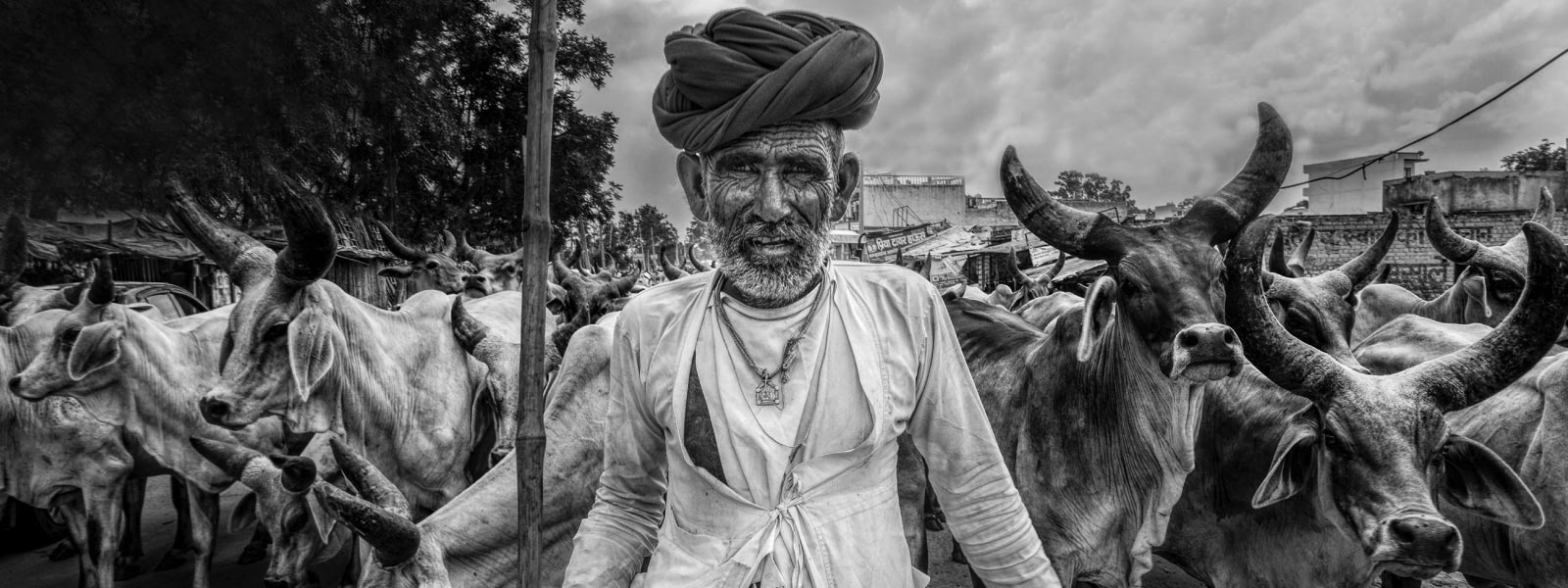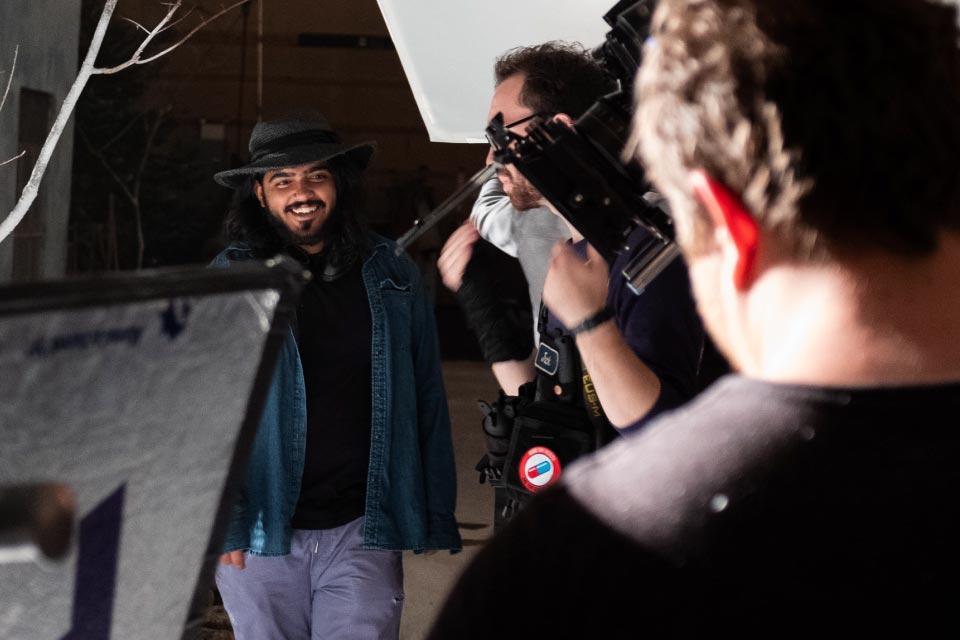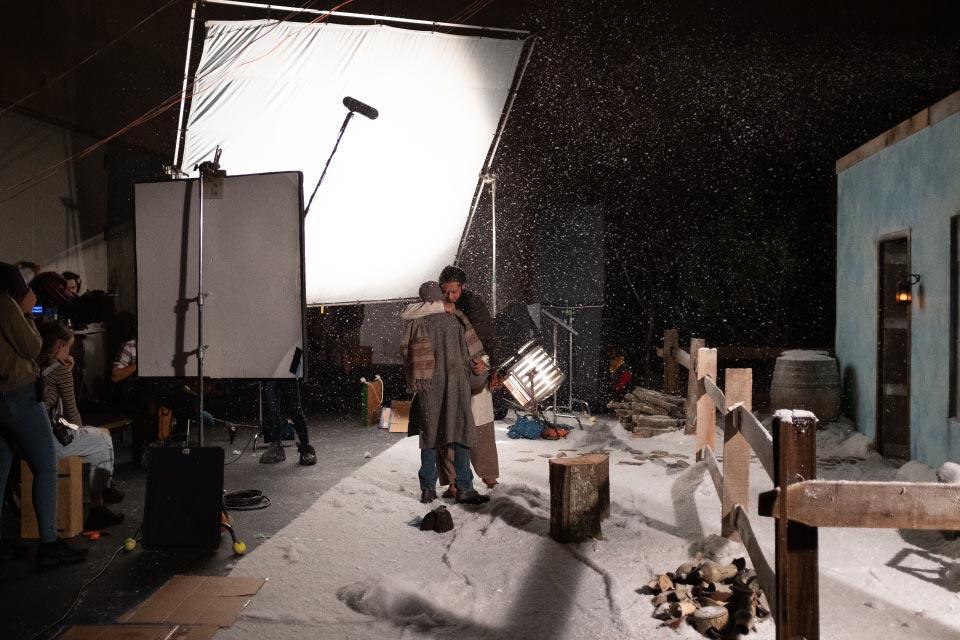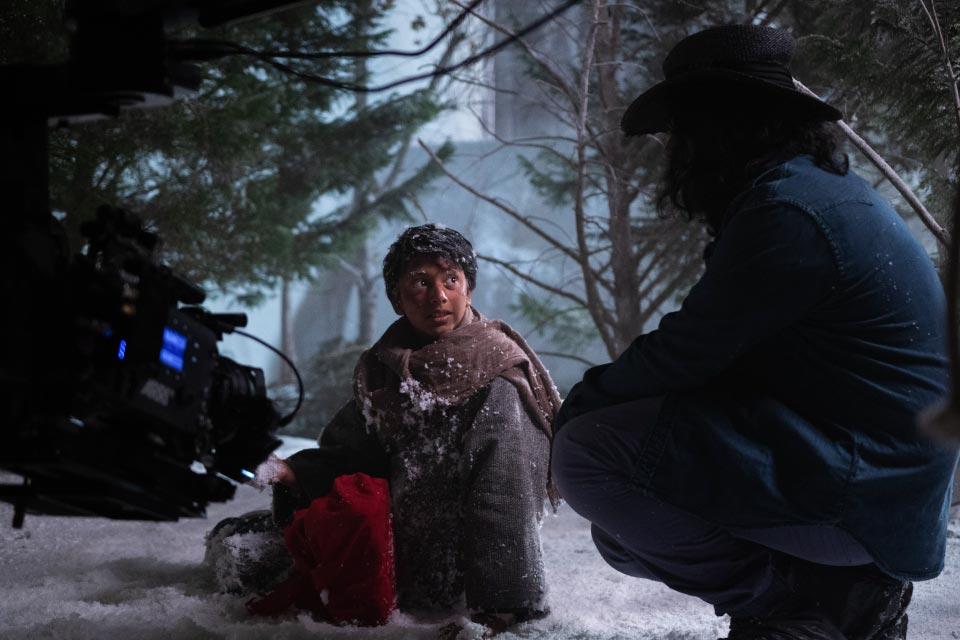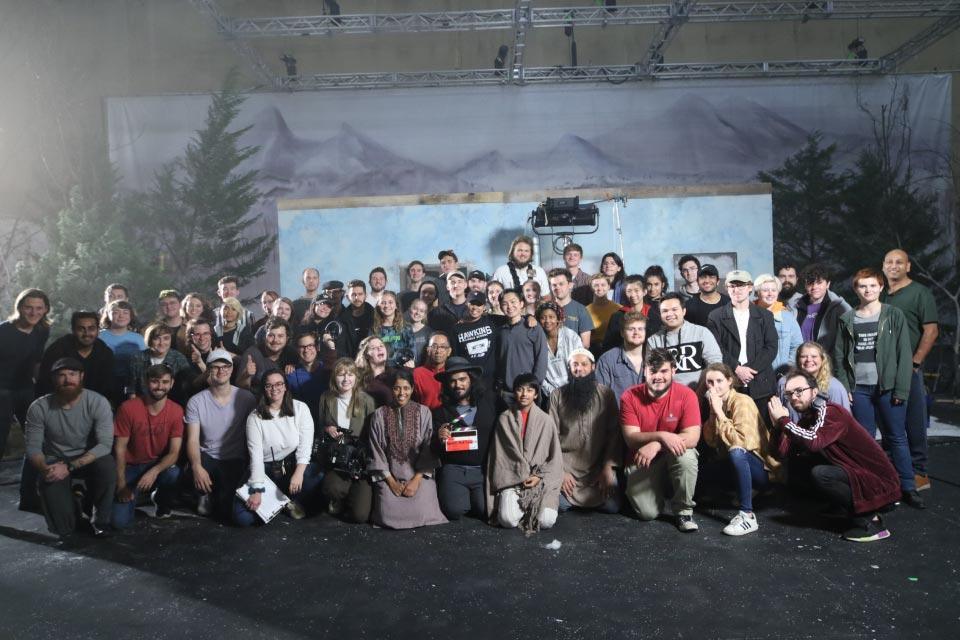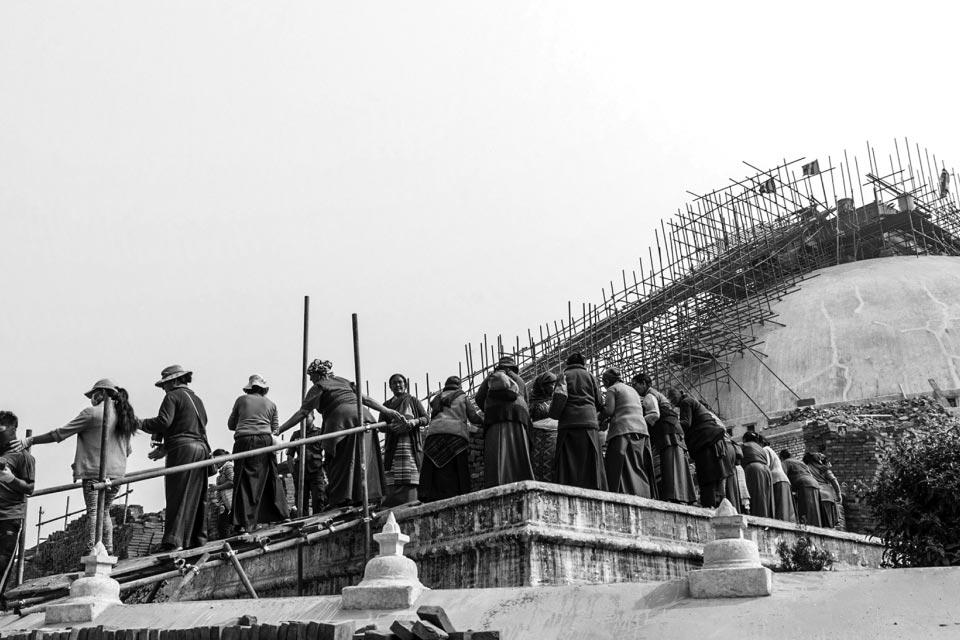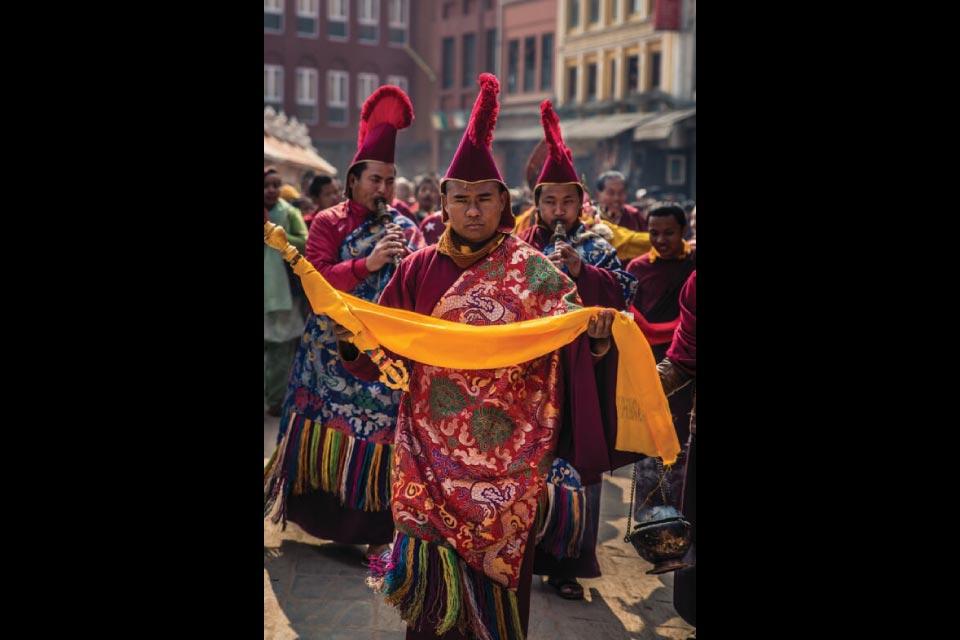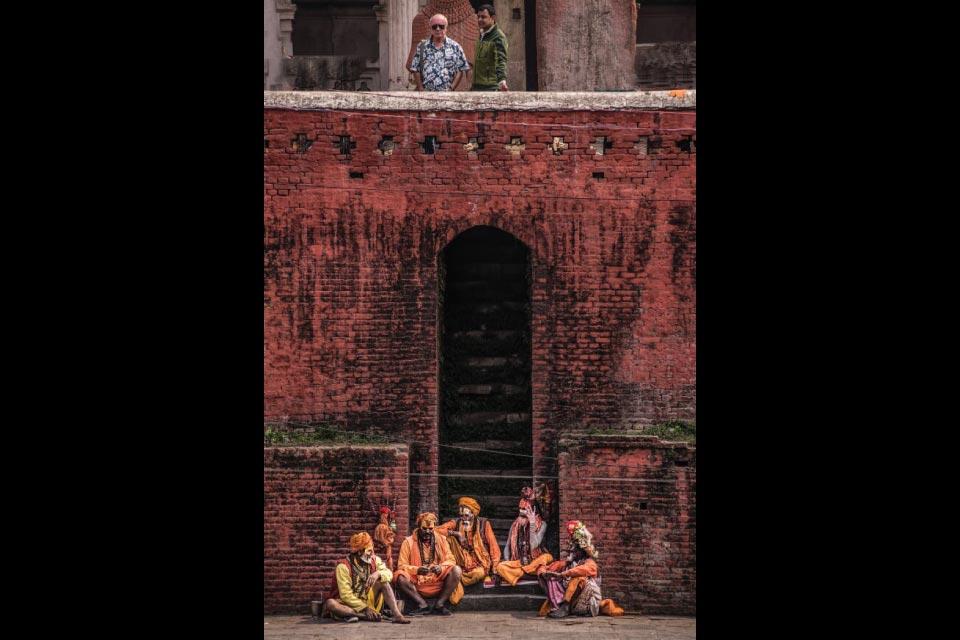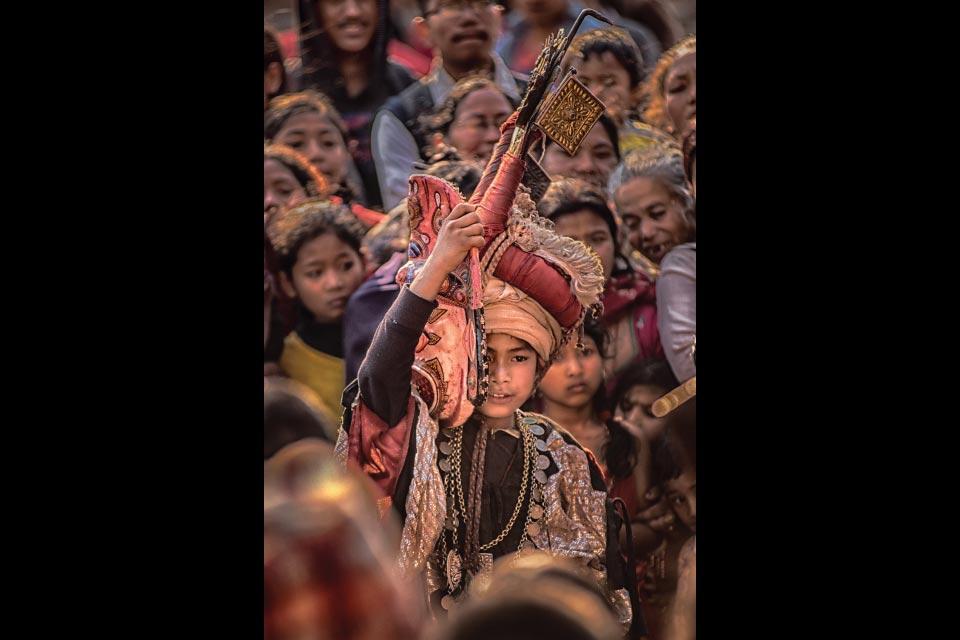Through his lens: Raunak Kapoor captures human connection
You’ll hear him before you see him, the wheels of his skateboard clicking along the pavement as he glides across campus. Fourth-year directing student Raunak Kapoor rolls down Hollywood Boulevard before disappearing into an editing suite in the School of Filmmaking. The thesis film he wrote and directed, “Lost in the Red Snow,” is wrapping up, and he will soon receive his degree from UNCSA.
“I thought of making this film as a necessity instead of something I wanted to do,” says Kapoor. “I felt like if I didn’t make it, I was going to lose something in my artistic practice.”
The film follows the journey of a young soldier in Kashmir—a region known for its mountainous beauty and hospitality, but plagued with bitter territorial conflict. It’s a story that has lived with Kapoor since his childhood in New Delhi, where he attended school with Kashmiri classmates. “I always wanted to go there,” recalls Kapoor. “They would tell me that it was a paradise on earth. I wanted to go with them and visit, but they weren’t going back … because they couldn’t.”
Kapoor believes it’s the duty of filmmakers to tell these human stories, bringing attention to underrepresented populations and building global connections.
It was difficult to establish connections and form an identity as a child in the second most populous country in the world. Kapoor initially considered a career in engineering at the behest of his parents. His direction changed the first time he borrowed his brother’s camera and began taking photographs. Through the constant, overcrowded buzz of the city, he found quiet meditation in photography.
When he told his parents that he wanted to pursue photography, “They were supportive, but told me I was making a mistake,” says Kapoor. After high school, he spent a year exploring and photographing everything from street scenes to food, fashion and products. He traveled to Nepal, where he documented the aftermath of the Gorkha earthquake.
After a year building his portfolio, Kapoor researched film schools in the United States. UNCSA was a top contender, in large part due to the opportunity students have to create fully funded thesis projects.
Studying abroad in the United States was a financial strain for Kapoor and his family, and receiving the William R. Kenan, Jr. Excellence Scholarship was life-changing. The scholarship provides full tuition, fees, and room and board for all four years of undergraduate education.
The scholarship “not only solidified that I was doing what I was meant to do,” says Kapoor, “but it also showed my family and the community around me that I was doing something right.”
My scholarship not only solidified that I was doing what I was meant to do, but it also showed my family and the community around me that I was doing something right."
Raunak Kapoor
Stepping onto his first fourth-year film set is an experience Kapoor won’t soon forget. “I was on the rigging crew, which gave me time to work, but also to observe,” says Kapoor. Fellow student Trent Spivey walked him over to the equipment truck and explained each piece. “I immediately wanted to pursue all of the programs. I wanted to be a good screenwriter and learn about production design and cinematography.”
He settled on the directing track, but has enjoyed opportunities for hands-on experience in many of the film school concentrations, such as producing. “It was a shocking experience for me to learn how films were made,” recalls Kapoor. “My first year was formative in understanding the scale and reach of the film industry.”
During his third year, Kapoor traveled to Mexico with the Center for Design Innovation to participate in an endangered species study. As part of the National Science Foundation-funded exploration, he worked as a cinematographer and photo technician with a team capturing 3D scans of populations of monarch butterflies.
The experience changed the way Kapoor thinks about his work.
“I’m striving to bring my own knowledge to each project for the betterment of society,” he explains. “This was the perfect way to do that. It’s the biggest thing I’ve done in my life so far. You see something beautiful, and that moment stays with you. I felt that my heart was going to collapse.”

Kapoor directed and contributed to cinematography and editing for this documentary about monarch butterfly populations in Mexico.
Another defining project for Kapoor will be released later this year. Filmed over seven days in Varanasi, India, his documentary film “Kashi: Life in the Holy City” tells the story of how city dwellers make a living. One storyline follows two children, solely responsible for their family’s income, cosplaying as gods and taking photographs with tourists for money.
When considering his path after graduation, Kapoor is certain. “I want to pursue pure documentational experiences. One of my bigger life goals is to make films that highlight and celebrate Asian culture. I want to tell the stories I’m familiar with, the stories that represent what the majority of the population looks like.
“I do know for a fact that I’m always interested in telling human stories … (of) people and their places,” Kapoor concludes. “That’s never going to change. Everything that connects us as humans is a story to tell.”
This article appeared in the Spring 2020 issue of Scene.
READ THE COMPLETE ISSUE
April 27, 2020






